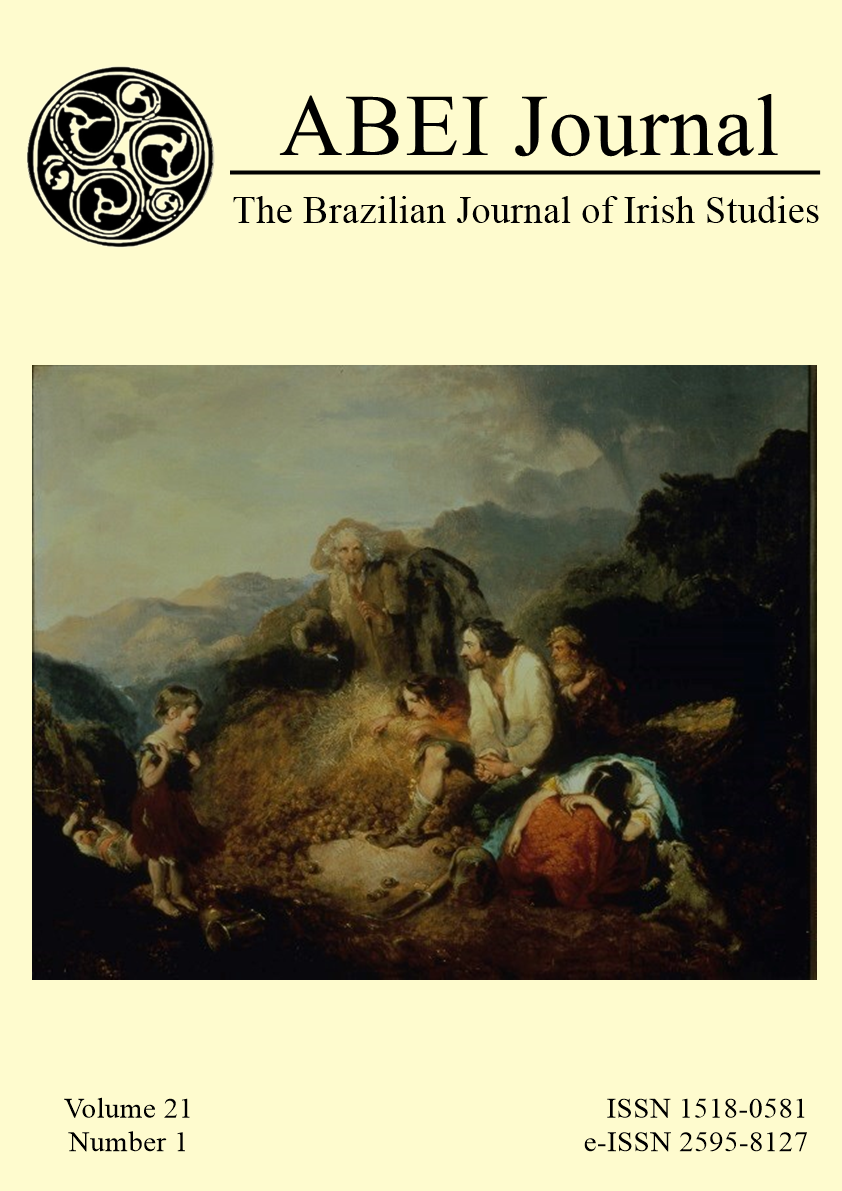When Women Speak
DOI:
https://doi.org/10.37389/abei.v21i1.3240Keywords:
, Finnegans Wake, Feminism, contemporary female artistsAbstract
I propose here a feminist reading of Finnegans Wake, or rather, another feminist reading of the novel, since this approach is not new: there are some quite solid studies on the theme. It is believed that in Finnegans Wake Joyce brings woman to light, contrary to what happens in Ulysses, a novel in which the writer leaves her (or them) practically mute for more than six hundred pages. My thesis is that Anna Livia is the great narrator of the Wake, but instead of silencing the other voices, she allows everyone to speak, and unites the talk of everybody in a colorful weave, a collage of narrative threads that she is careful not to break, so that they may have a continuity, albeit tenuous.Downloads
Published
17-07-2019
Issue
Section
Articles
How to Cite
Amarante, D. W. do. (2019). When Women Speak. ABEI Journal, 21(1), 13-18. https://doi.org/10.37389/abei.v21i1.3240


